New York Air Brake WW1 Efforts Leads To Construction Of Lansingdorp
World War 1 had a tremendous impact on the city of Watertown, most notably, but perhaps least known, is Lansingdorp. With the New York Air Brake shifting manufacturing to munitions during the war-time, new initiatives were sought on multiple fronts: from increasing the freight capabilities with the construction of a bigger engine terminal and roundhouse to new schools there was one problem. Watertown had a housing crisis.
At its peak during the war-time effort, the New York Air Brake employed 7,000 working three shifts. Workers were hired by the hundreds, but there was no place to put them. The Air Brake, upon moving to its current location on Starbuck Ave in 1902, had initially hoped to employee 1,000 or so and provide housing on-site. Workers, however, didn’t like the notion and the plans were scrapped.
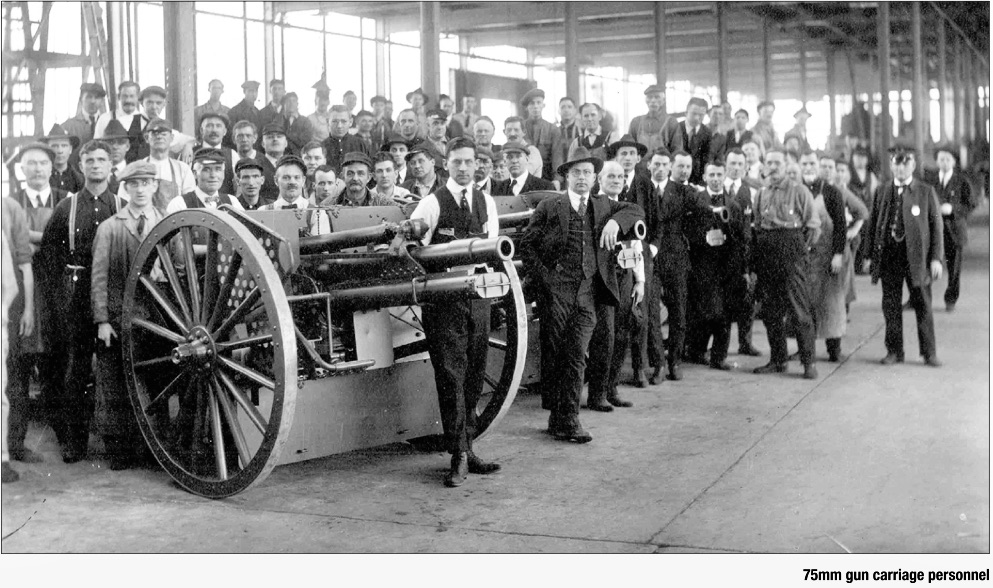
Watertown’s North Side at the time was already growing thanks to a local developer’s creation of Watertown Heights around the turn of the century in an area that would be located closest to the Air Brake consisting of 62 acres just north of the Black River on streets named after famous men such as Tilden, Hancock and Lincoln. Much of the land by 1915 was still unsettled as evident from the photo below.
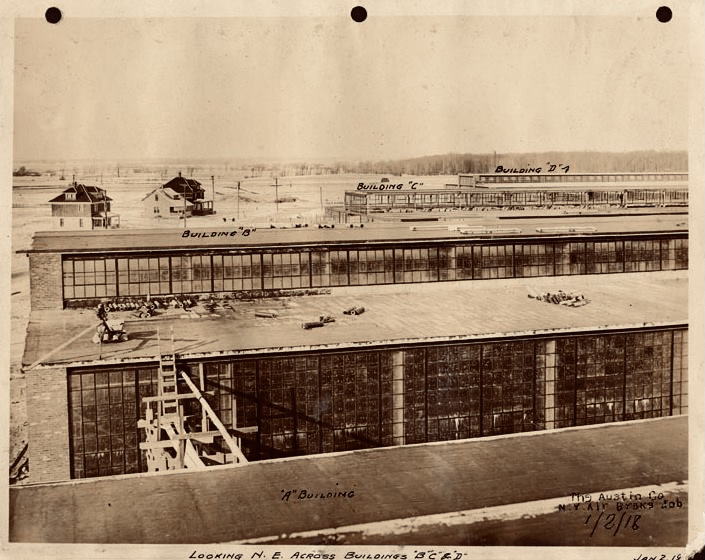
Plans were put together on multiple fronts, from both the United States Housing Corp and the Housing Development at Watertown, NY with support from the Housing Corp, Bureau of Industrial Housing & Transportation and the U.S. Department of Labor. The latter effort was cited by the Massachusetts Institute of Technology (MIT) a study of the communities of World War 1–
It was early decided that a considerable number of houses should be built at Watertown. A number of alternative sites were considered in detail, since all had disadvantages. Finally a site was selected on the northeast side of the city and west of the New York Air Brake Co. Some 60 acres of land were available, already in large part subdivided for building purposes and with a considerable number of scattered houses already constructed.
Area planned: 47.94 acres. Housing planned: Detached houses, 226 families; semidetached houses, 76 families; total, 302 families; dormitories, 205 persons. Housing constructed: Detached houses, 85 families; semidetached houses, 30 families; total, 115 families.
The site is entirely within the city limits and is not far from the down-town district by way of well paved and completely developed streets. It is also partially served by a street car line a short distance to the east…
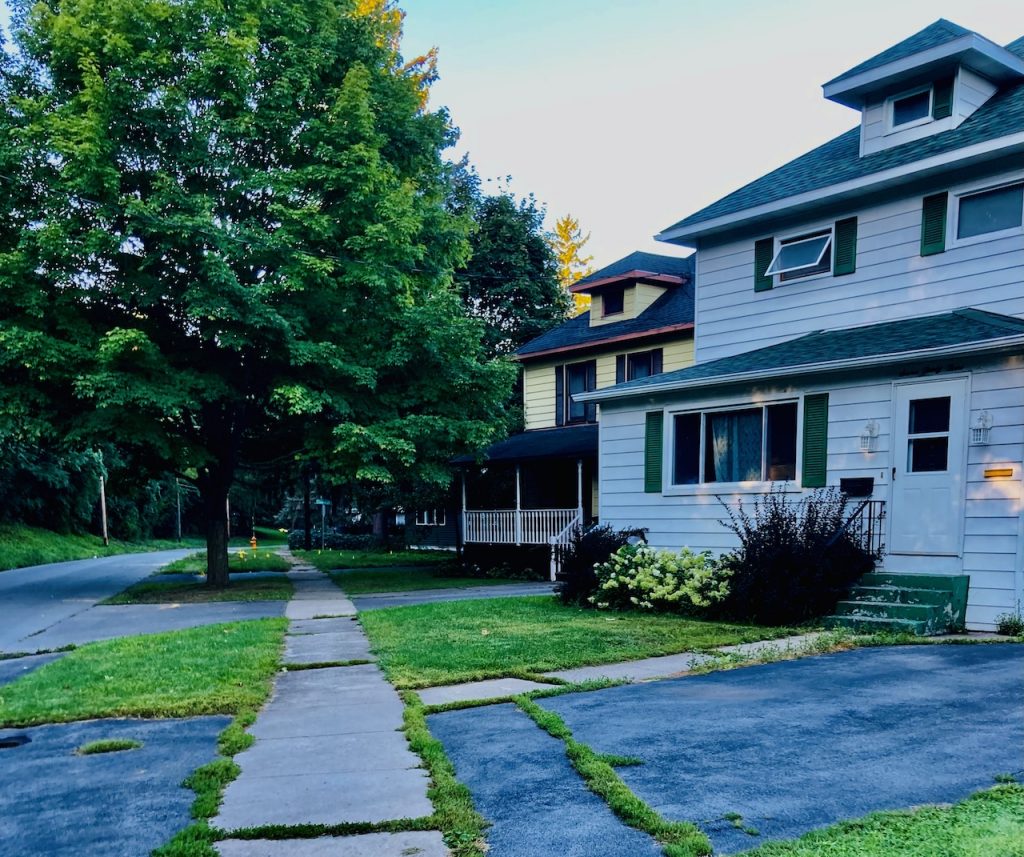
The plan would attempt to incorporate some existing streets into an overall masterplan. Some elements made it past the city and were incorporated, but the elaborate development north of East Hoard Street was scrapped though it is worth noting it appears, per the plan shown further below, what eventually became North Junior High School was already being conceived due to the population increase. As the MIT report further stated–
The entire plan is of interest, showing first how an existing haphazard street system can be related to a larger district, and second, showing the much greater opportunities to secure the benefits of town planning on open land as compared with that already platted. Several different and conflicting street and lot arrangements for the southern portion of the tract had been filed, and in fact officially accepted by the city, resulting in very unsatisfactory and confused conditions.
It was not considered wise therefore to follow any of the earlier subdivisions exactly, an entirely revised scheme being substituted, making the best of conditions as they existed. A great deal of skill and patience was necessary in the real estate negotiations, and much time was necessarily expended both by the negotiator and by the designers, on account of the hampering effect of these existing conditions…
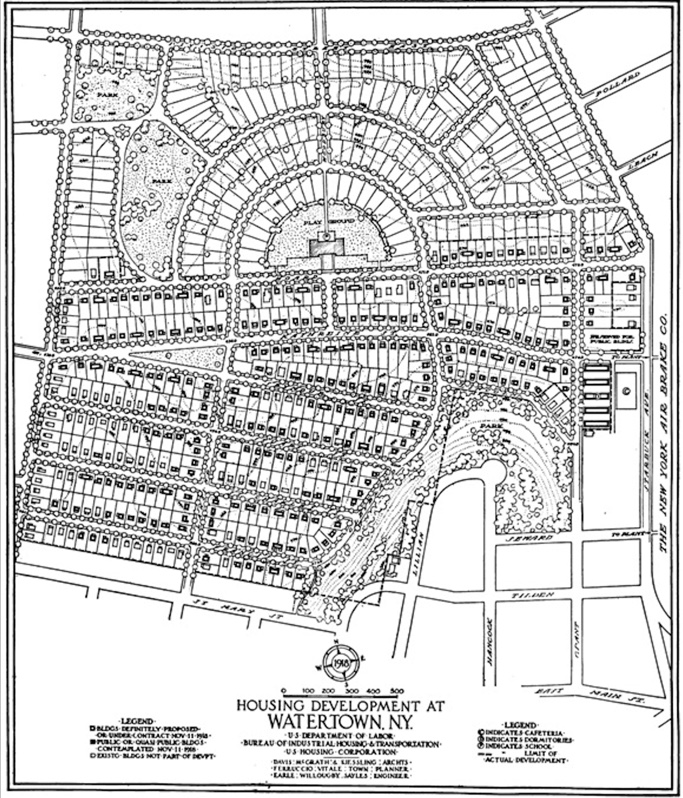
“Lansingdorp,” Named In Honor of Watertown Native and Secretary of State, Robert Lansing
The Watertown Daily Times would report that, in late August of 1918–
Purcell, Cullen & Purcell had been appointed local attorneys for the United States Housing Corporation and the work of buying the property had been started. Government agents were here in large numbers gathering data relative to the type of houses occupied by shops and factory workers and the average costs of such houses as well as rental figures.
Within a short period of time, the project that would become Lansingdorp was given the go-ahead and new architectural plans were put into development. Initial plans were scrapped and revised due to the workers weekly wages being between $3.50 to $5 per week and a compromise had to be made to make the homes affordable. As a result, the houses were limited in size to five or six rooms, and about 25 percent of the dwellings were in the form of semi-detached houses.
All the plans, regardless of the type of house, called for grade entrance for access to kitchen and cellars. No winders were permitted in connection with the stairways. Bedrooms are arranged so that there are windows on two sides excepting those of semi-detached construction.
Once the ground-breaking ceremony for Lansingdorp, conducted by Mayor I. R. Breen and Frank L. Massey, President of the Chamber of Commerce, was over, progress was rapid.
Within a few weeks what had previously been a great, grassy meadow was transformed into a seething scene of activity. Hundreds of men were employed. The surrounding country was scoured for carpenters, masons and other tradesmen. Evidence of how acute the housing conditions were was shown when the builders had to build frame buildings for their workmen to live in.
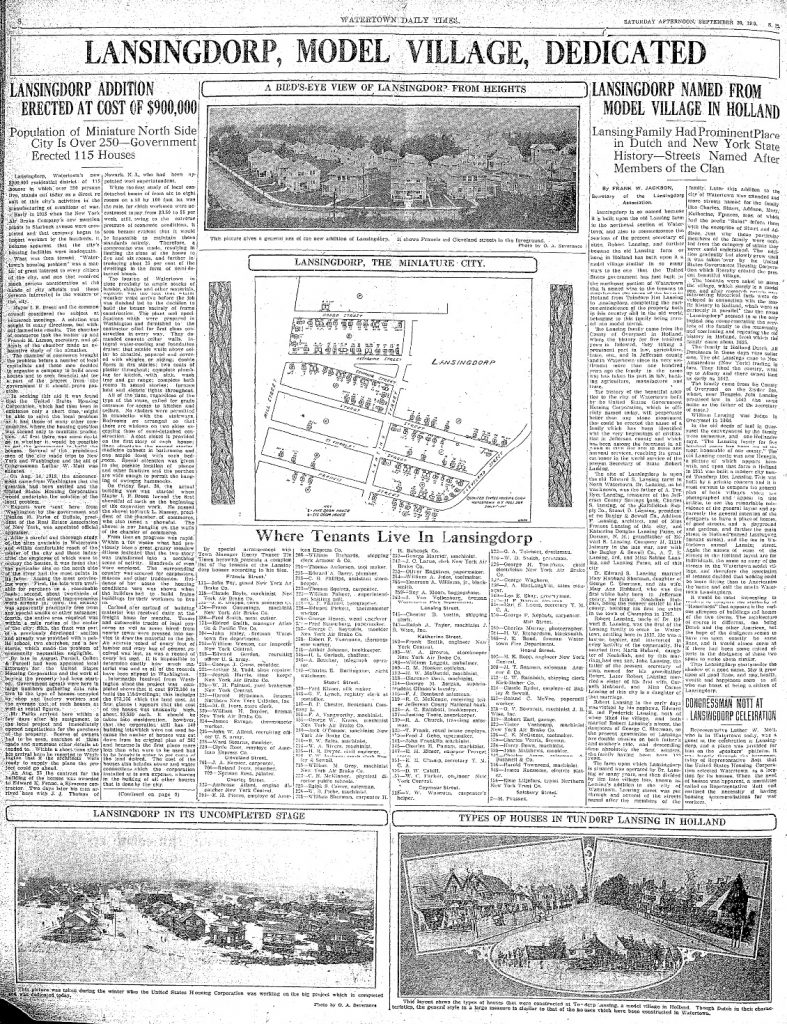
The article written at the Lansingdorp dedication explained its naming after Robert Lansing as follows–
Lansingdorp is so named because it is built upon the old Lansing farm in the northeast section of Watertown, and also to commemorate the services of the present secretary of state, Robert Lansing, and further because the old Lansing farm or home in Holland has built upon it a model village similar in so many ways to the one that the United States government has just built in the northeast section of Watertown that it seemed wise to the tenants to Americanize the name of the town in Holland from Tuindorp Het Lansing to Lansingdorp, completing the curious coincidence of the property both in this country and in the old world belonging to this family being turned into model towns.
The Lansing family came from the County of Overyssel in Holland, where the history for five hundred years is followed, they taking a prominent part in law, agriculture, trade, etc., and in Jefferson county and in Watertown since its very settlement more than one hundred years ago the family in the same way has taken its part in law, banking, agriculture, manufacture and trade.

Lansing, at the community’s dedication, took the opportunity to deliver an address urging the ratification of the proposed treaty to end World War 1 but opened with warm regards to his hometown and remarked–
The city of Watertown is to be congratulated that this attractive group of homes has been added to the many beautiful residences which adorn its streets, and it is to me a privilege to be here on this occasion to express on behalf of the Lansing family, who have been residents of this city for over a century, the honor which we feel in having our name perpetuated in “Lansingdorp.”
The Lansings, as many of you know, were among the early Dutch colonists who settled in the wilderness of New Netherland and who have been identified with the life of New York as a colony and a state. In view of the fact that Lansing is a Dutch name it is appropriate that “dorp,” the Dutch for “village,” should be used as ending rather than “ville” or “town,” as have been suggested.
Lansing would further go on to say–
Under the stress of war conditions and the need resulting, the federal government built these houses and Watertown gained a benefit, not for a brief period, but for all time. Lansingdorp, born of the war, will live to bear witness that out of the greatest evil may come a lasting good.
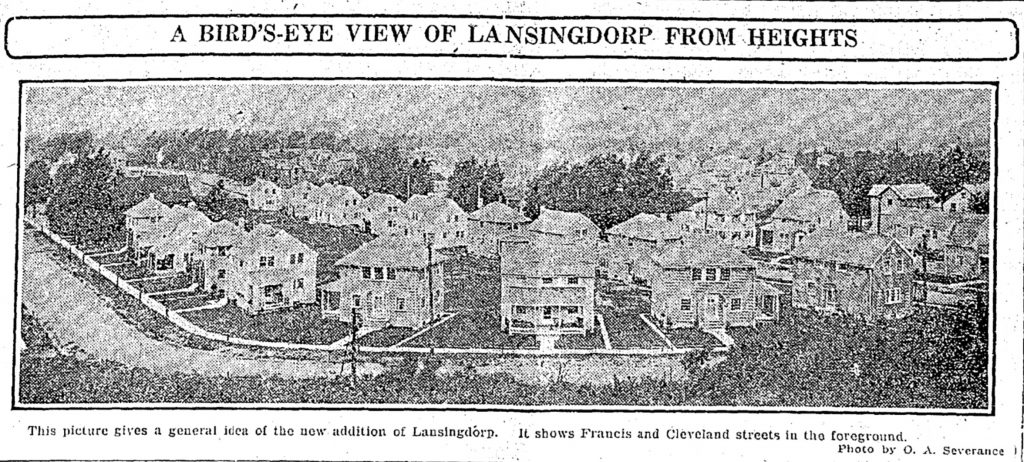
Over the years, the name “Lansingdorp” has been lost for the most part with the occasional exception of a retrospective piece or of usage in City Council specifics, usually dealing with city parks (the slice of land that comprises a park between Katherine and Seymour Streets is known as Lansingdorp Park, for instance.) Other reminders of the Lansing legacy, such as Lansing Street, still exist while others, Lansing Street School, have come and gone.
In 1938, the U.S. Housing Corp would put up the 37 vacant lots purchased in 1919 for auction. The original 1919 listing of locations of Lansingdorp by address, occupant and their trade can be seen below.
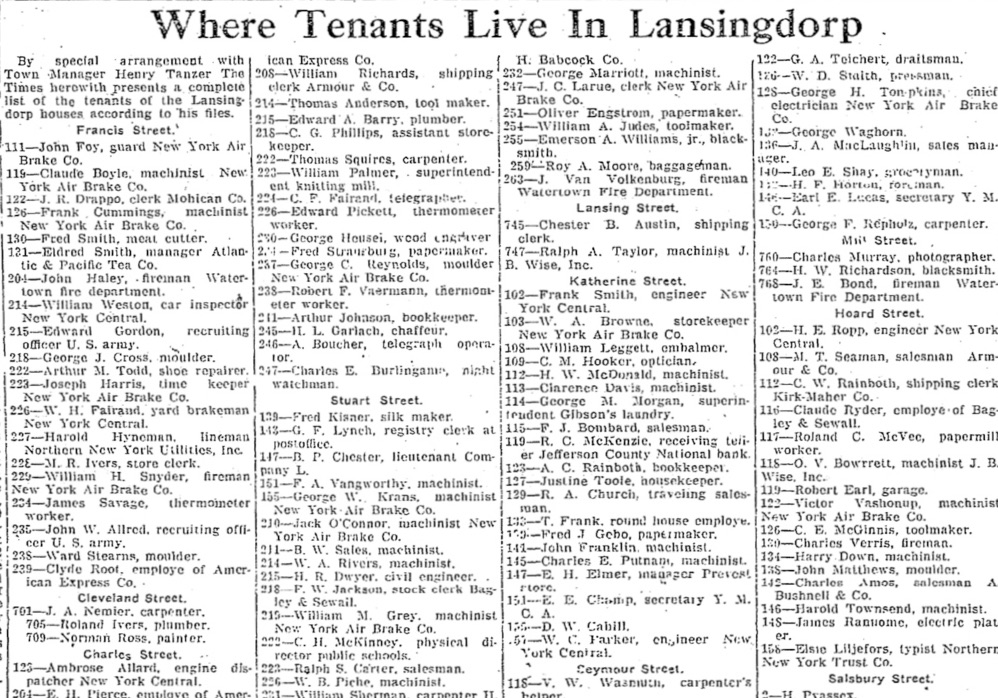
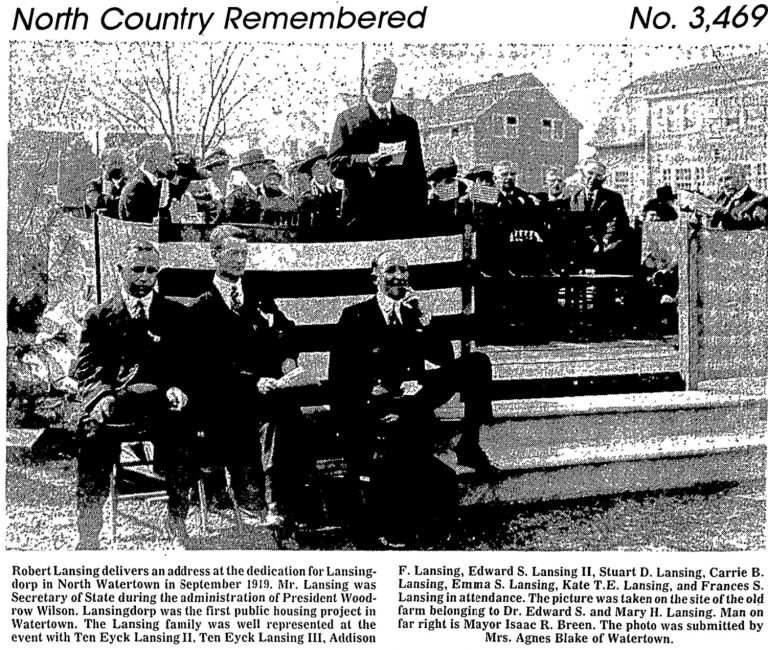
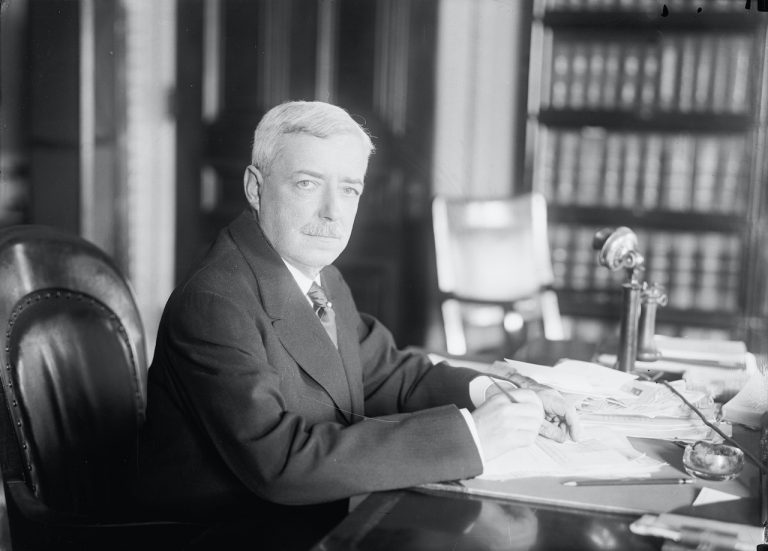
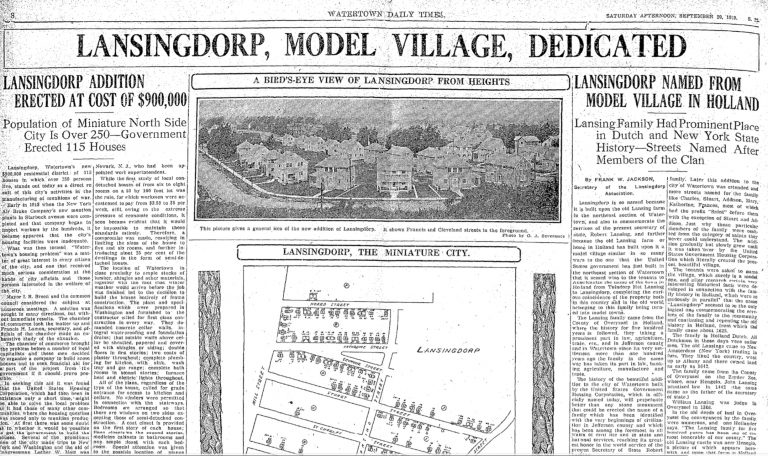
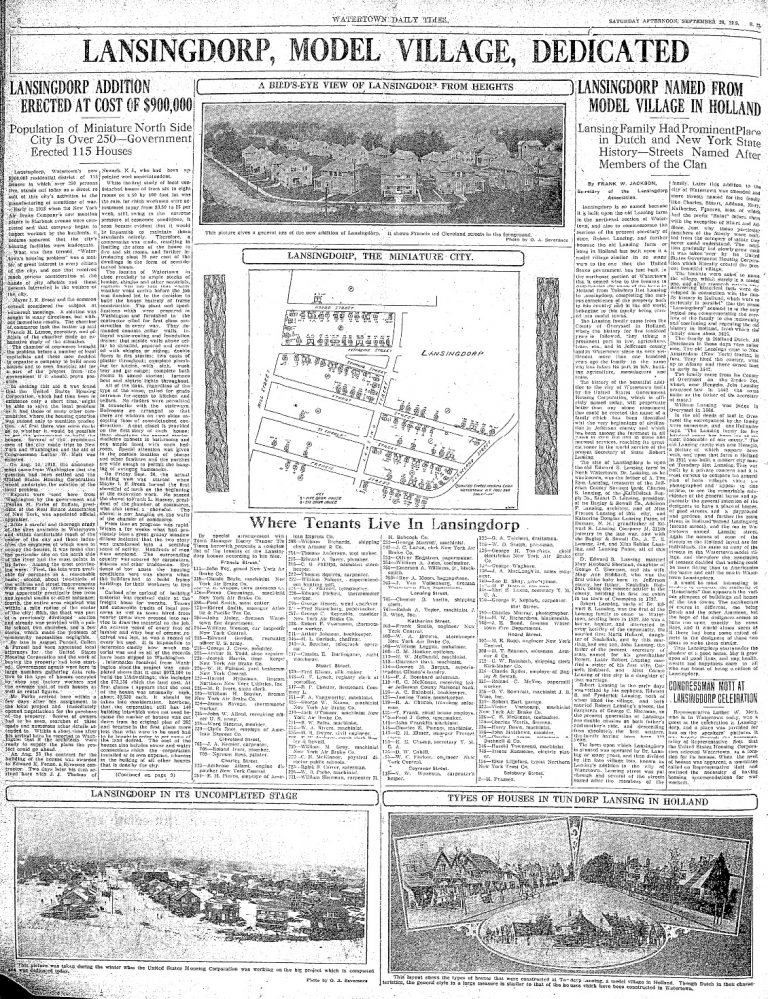

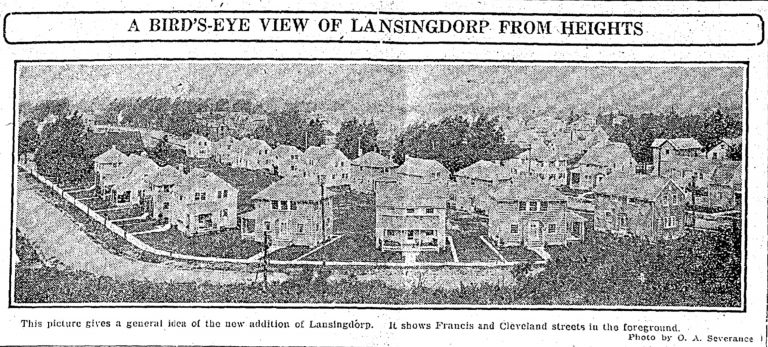
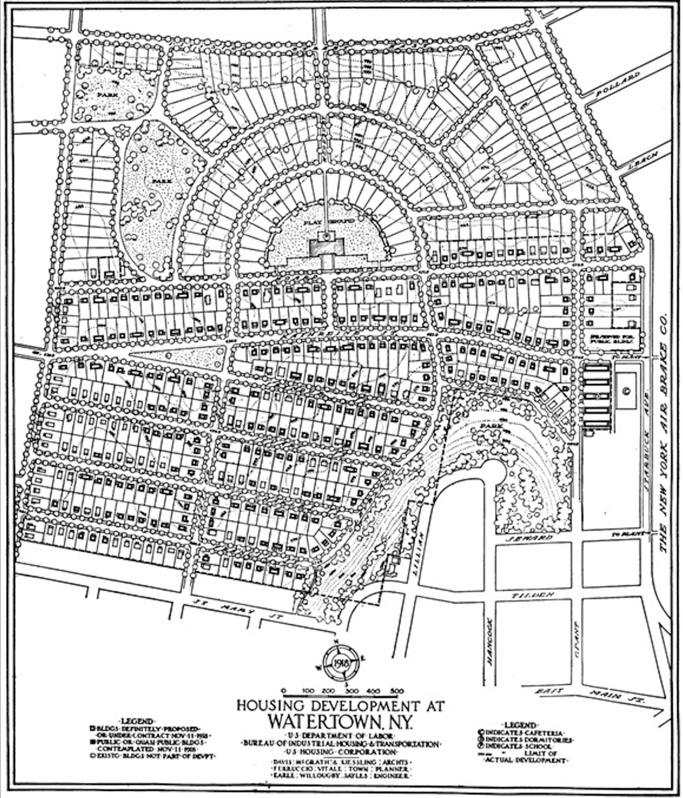
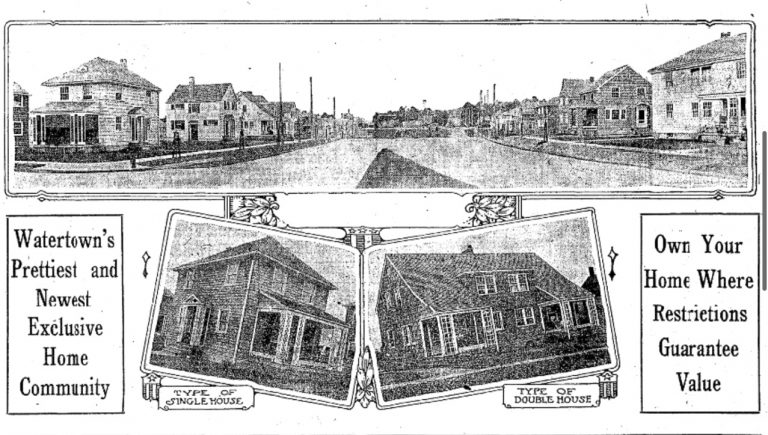
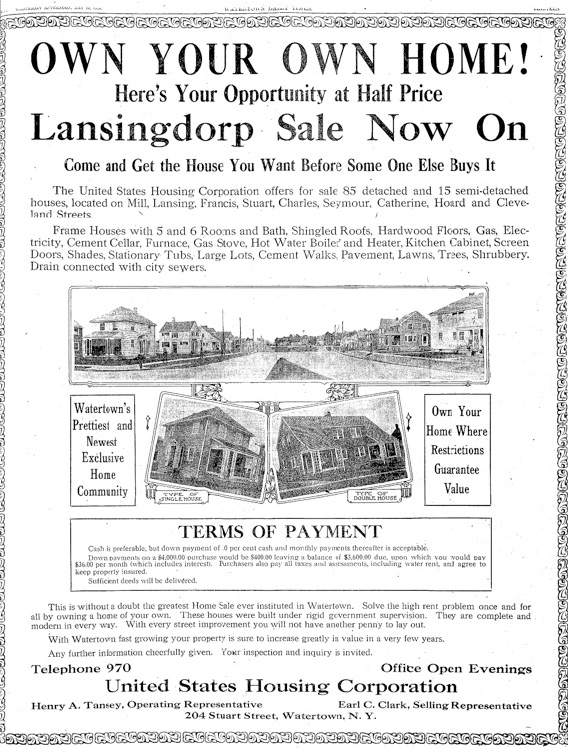
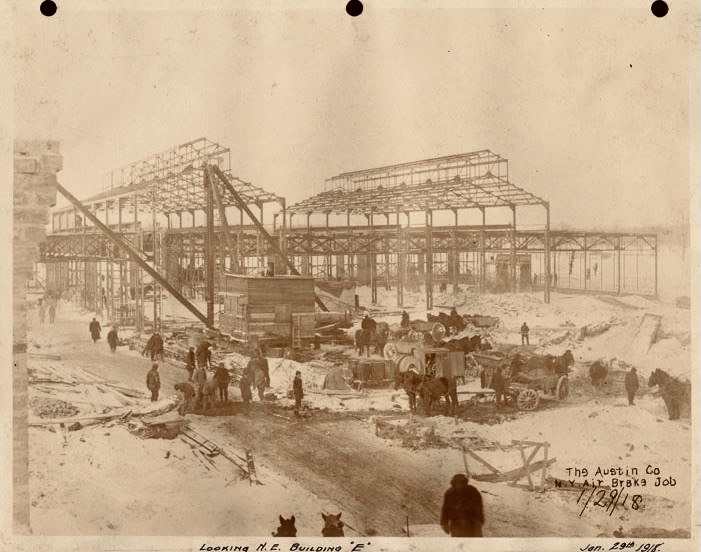
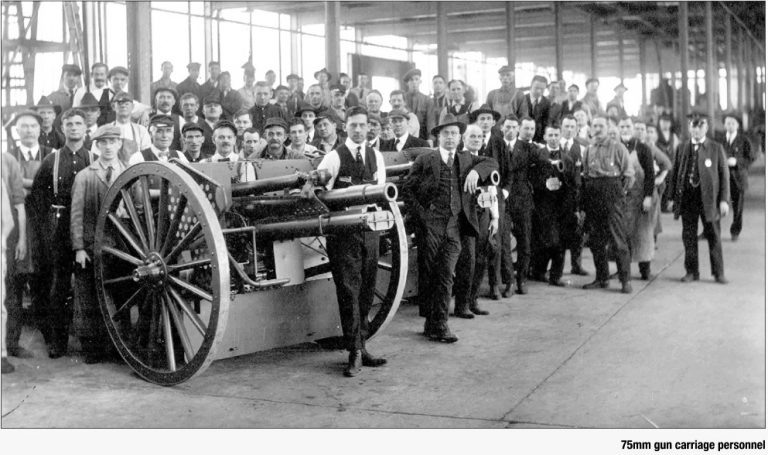
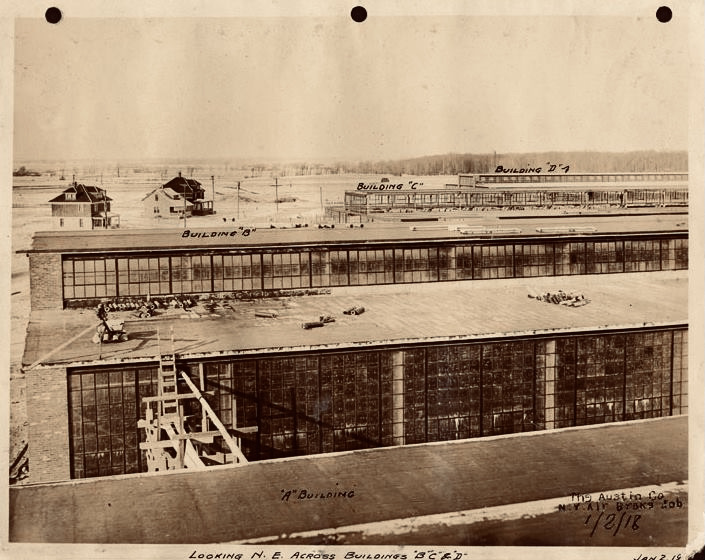

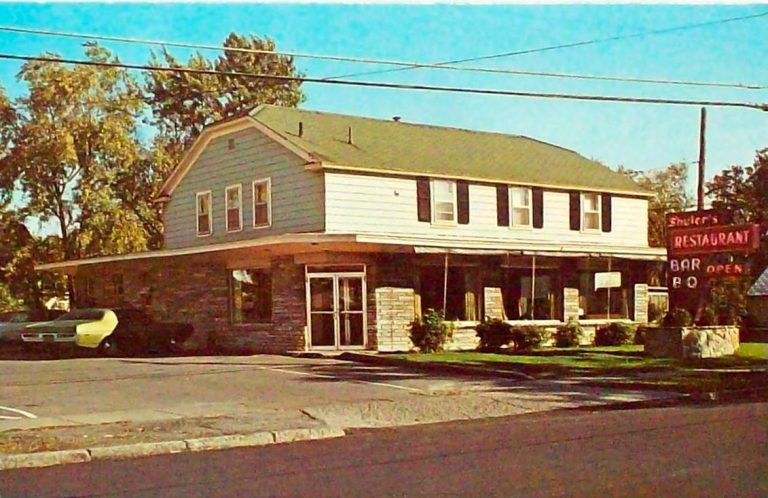
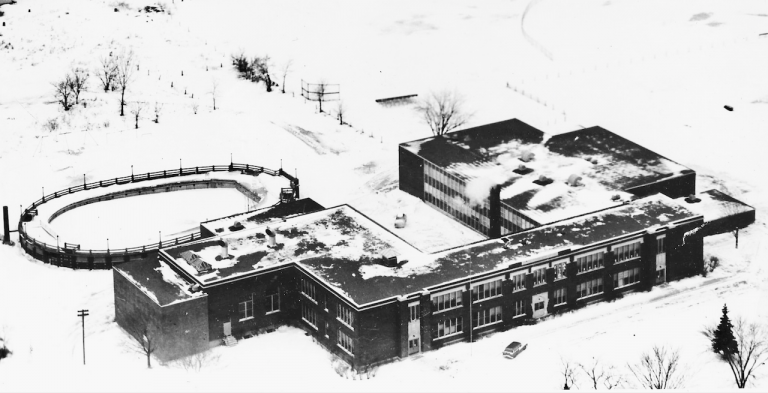

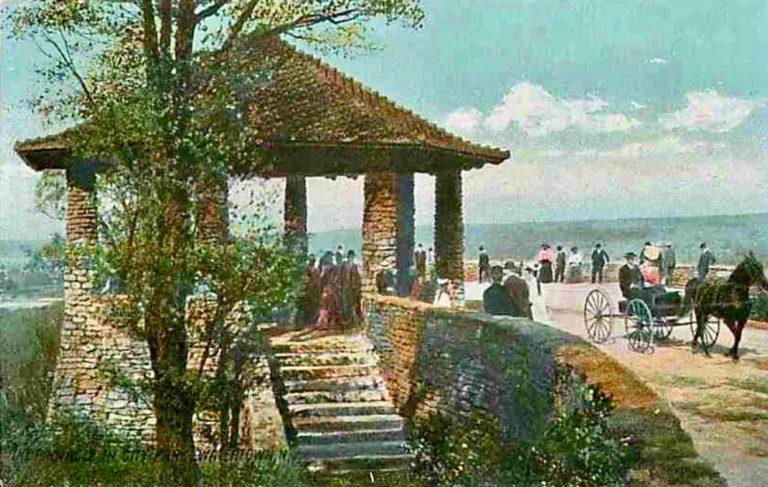
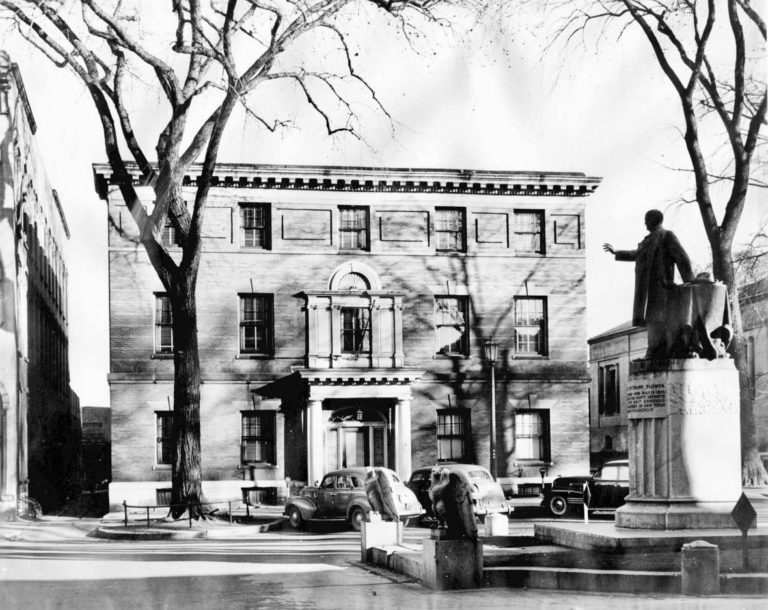
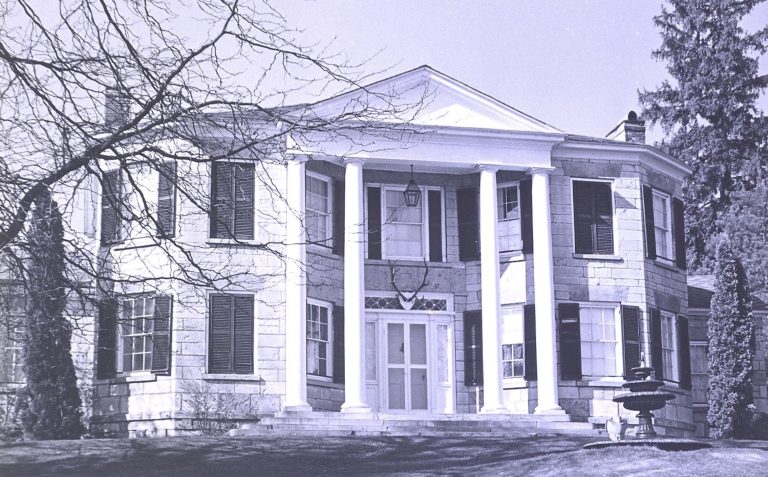


1 Reviews on “Lansingdorp – World War 1 North Side Community Est. 1918”
I recall reading in the records that there was a huge legal battle over the prices individual owners were expected to pay for the houses. In the end the federal government lost their case in court much to the disappointment of the public officials and the prices of the homes were much lower than what was originally proposed.